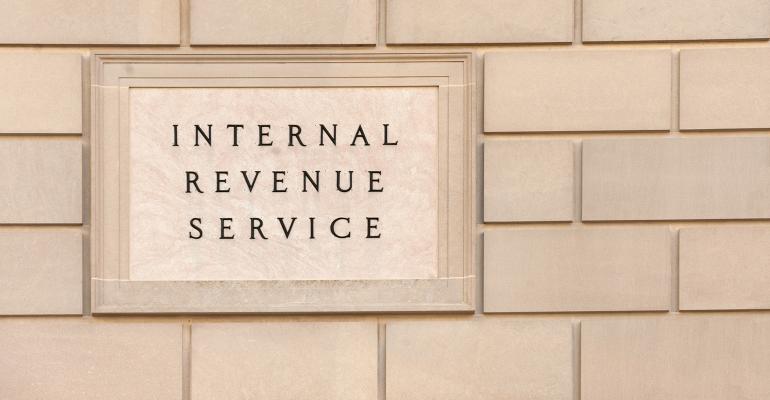The Internal Revenue Service just announced the cost of living adjustments affecting dollar limitations for pension plans and other retirement-related items for 2019 (Notice 2018-83).
Increased Limits
For the first time since 2013, the contribution limit for individual retirement accounts has increased, from the current $5,500 to $6,000 in 2019. For taxpayers aged 50 or over, the limit will be $7,000 after taking into consideration the $1,000 catch-up amount. The contribution limit for employees who participate in Internal Revenue Code Section 401(k), IRC Section 403(b), most IRC Section 457 plans and the Thrift Savings Plan is increased from $18,500 to $19,000. The catch-up contribution limit for employees aged 50 and over who participate in these plans will stay at $6,000. The limitation on the annual benefit under a defined benefit plan under IRC Section 415(b)(1)(A) will increase to $225,000 (up from $220,000), and the limitation for defined contribution plans under IRC Section 415(c)(1)(A) will increase to $56,000 (up from $55,000).
Income Phase-Out Range
In addition to the above limitation, the amount of a taxpayers’ adjusted gross income also affects how much they can contribute to a Roth IRA. The income phase-out range for taxpayers making Roth IRA contributions will be $122,000 to $137,000 for singles and heads of household (up from $120,000 to $135,000) and, for married couples filing jointly, the range is $193,000 to $203,000 (up from $189,000 to $199,000). For married taxpayers who file separate, the phase-out range remains at $0 to $10,000.
Company-Sponsored Plans
Income limitations also apply to deductible contributions to a traditional IRA when the taxpayer or the taxpayer’s spouse participates in a company-sponsored retirement plan. For single filers who are covered by a company retirement plan at work in 2019, the deduction will be phased out between $64,000 and $74,000 of AGI (up from $63,000 and $73,000). For married filers who are covered by a company retirement plan at work in 2019, the deduction will be phased out between $103,000 and $123,000 of AGI (up from $101,000 and $121,000). For married filers who aren’t covered by a company retirement plan at work in 2019 but whose spouse is, the deduction will be phased out between $193,000 and $203,000 of AGI (up from $189,000 and $199,000). For married taxpayers who file separate, the phase-out range remains at $0 to $10,000.
Saver’s Credit
The income limit for the Saver’s Credit for low- and moderate-income workers will be increased to $64,000 for married couples filing jointly, $48,000 for heads of household, and $32,000 for singles and married individuals filing separately.
SIMPLE IRA
A savings incentive match plan for employees IRA plan allows employees to use a percentage of their compensation to make elective salary-deferral contributions. For 2019, the amount an employee can contribute from his salary to such a plan can’t exceed $13,000 (up from $12,500). The plan can also allow catch-up contributions up to $3,000 for employees aged 50 or older.
SEPs
The compensation amount under IRC Section 408(k)(2)(C) regarding simplified employee pensions remains unchanged at $600.
Other Changes
Some other changes are as follows:
- The annual compensation limit under IRC Sections 401(a)(17), 404(l), 408(k)(3)(C) and 408(k)(6)(D)(ii) is increased to $280,000 (up from $275,000).
- The dollar limitation under IRC Section 416(i)(1)(A)(i) concerning the definition of “key employee” in a top-heavy plan is increased to $180,000 (up from $175,000).
- The dollar amount under IRC Section 409(o)(1)(C)(ii) for determining the maximum account balance in an employee stock ownership plan subject to a 5-year distribution period is increased to $1,130,000 (up from $1,105,000), while the dollar amount used to determine the lengthening of the 5-year distribution period is increased to $225,000 (up from $220,000).
- The limitation used in the definition of “highly compensated employee” under IRC Section 414(q)(1)(B) will increase to $125,000 (up from $120,000).





